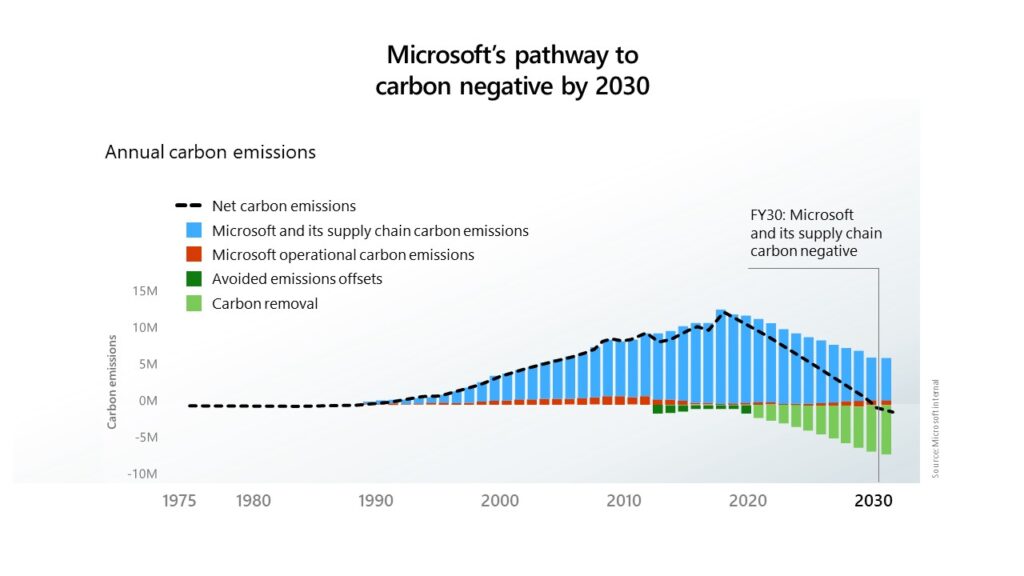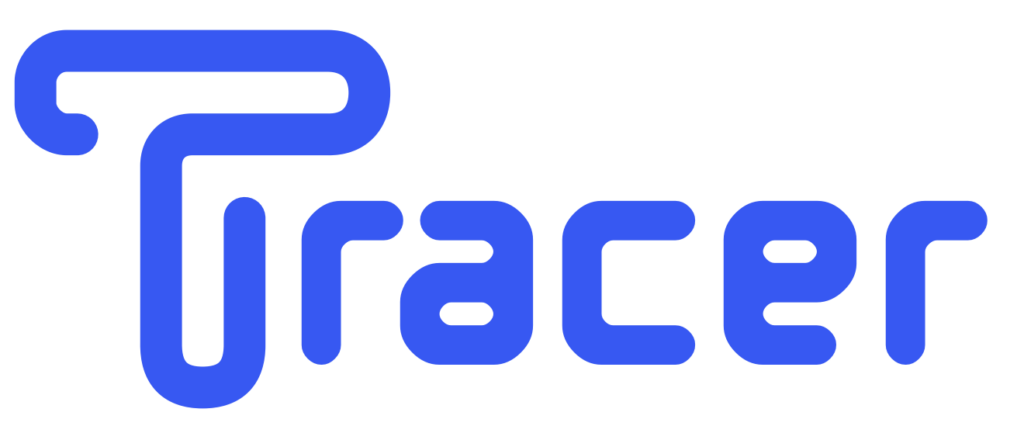The recent news about Microsoft striking two record-breaking carbon removal credit deals underscores the increasing importance and potential of carbon removal. As major corporations like Microsoft invest significantly in carbon removal projects, the demand for transparency grows. Also traceability and robust governance in these markets are more critical than ever. Therefore, innovative solutions are needed to ensure the integrity and efficiency of carbon credit trading.
This highlights the potential role of blockchain technology in addressing these challenges.
The significance of Microsoft’s carbon removal credit deals
Microsoft’s recent deals aim to significantly offset their carbon emissions and help them achieve their goal to be carbon negative by 2030. As part of Microsoft’s Carbon Removal Program, this means reducing their greenhouse gas (GHG) emissions by more than half. Furthermore, they plan to remove the rest and then remove the equivalent of their historical emissions by 2050.
Microsoft’s 8M carbon removal credit purchase shows emissions are so high that reduction alone isn’t enough to limit warming to 1.5°C (Paris Agreement goal). Actual CO2 removal is necessary.

By making such large investments in carbon credits, Microsoft is not only reducing its own environmental impact but also setting an example for other companies. These deals highlight the growing importance of the carbon removal credit market. They show that big investments in carbon removal credits are becoming a key part of corporate sustainability strategies. However, with the market’s growth comes the need for greater transparency and trust. This ensures these credits genuinely represent real and verifiable carbon offsetting.
The need for transparency and trust in carbon credit markets
Despite the promising growth, with McKinsey projecting annual revenues could reach $1.2 trillion, the carbon credit market faces significant challenges. Issues such as double-counting, lack of transparency, and difficulties in verifying the authenticity of carbon removal credits undermine the market’s credibility. Companies like Microsoft need to know that their investments are making a real impact. This means having rigorous standards and transparent processes.
Leveraging blockchain technology for transparency
Blockchain technology, like Tracer, can solve some of these challenges by providing a clear and unchangeable record for tracking carbon removal credits. This technology can make it easier to verify the origin and authenticity of carbon credits.
Blockchain technology, like Tracer, can solve some of these challenges by providing a clear and unchangeable record for tracking carbon removal credits. This technology can make it easier to verify the origin and authenticity of carbon credits. For example, a blockchain-based platform keeps a permanent record of every transaction. This makes it easy to trace the origin and journey throughout the full life of the carbon removal credit.
Additionally, innovative solutions in the carbon credit market, such as dual-token systems, can separate governance from carbon removal credits. This separation can improve liquidity and make investments in carbon removal credits more secure. Effective governance models, like Decentralized Autonomous Organizations (DAOs), oversee the verification and validation of carbon removal credits. This ensures that all credits meet high standards of quality and integrity.
The role of transparent platforms in corporate sustainability
Transparent platforms using blockchain technology can help companies achieve their sustainability goals. They do this by ensuring that their carbon credit investments are credible and effective. These platforms can help companies invest in high-quality carbon removal credits with confidence. They meet their environmental targets effectively. As the carbon removal credit market grows, blockchain-based solutions are well-positioned to lead the way in providing innovative and transparent solutions for carbon credit trading.
Microsoft’s record-breaking carbon removal credit deals show the growing importance of sustainability and the carbon removal credit market. As demand for high-quality carbon removal credits continues to rise, blockchain technology can play a crucial role in shaping the future of carbon credit trading.
Interested in learning more and participating in Tracer?
Discover how blockchain technology boosts transparency and trust in the carbon removal credit market and explore participation opportunities with Tracer. Attend our upcoming webinars or review our detailed 2-pager, Whitepaper and Techpaper.


